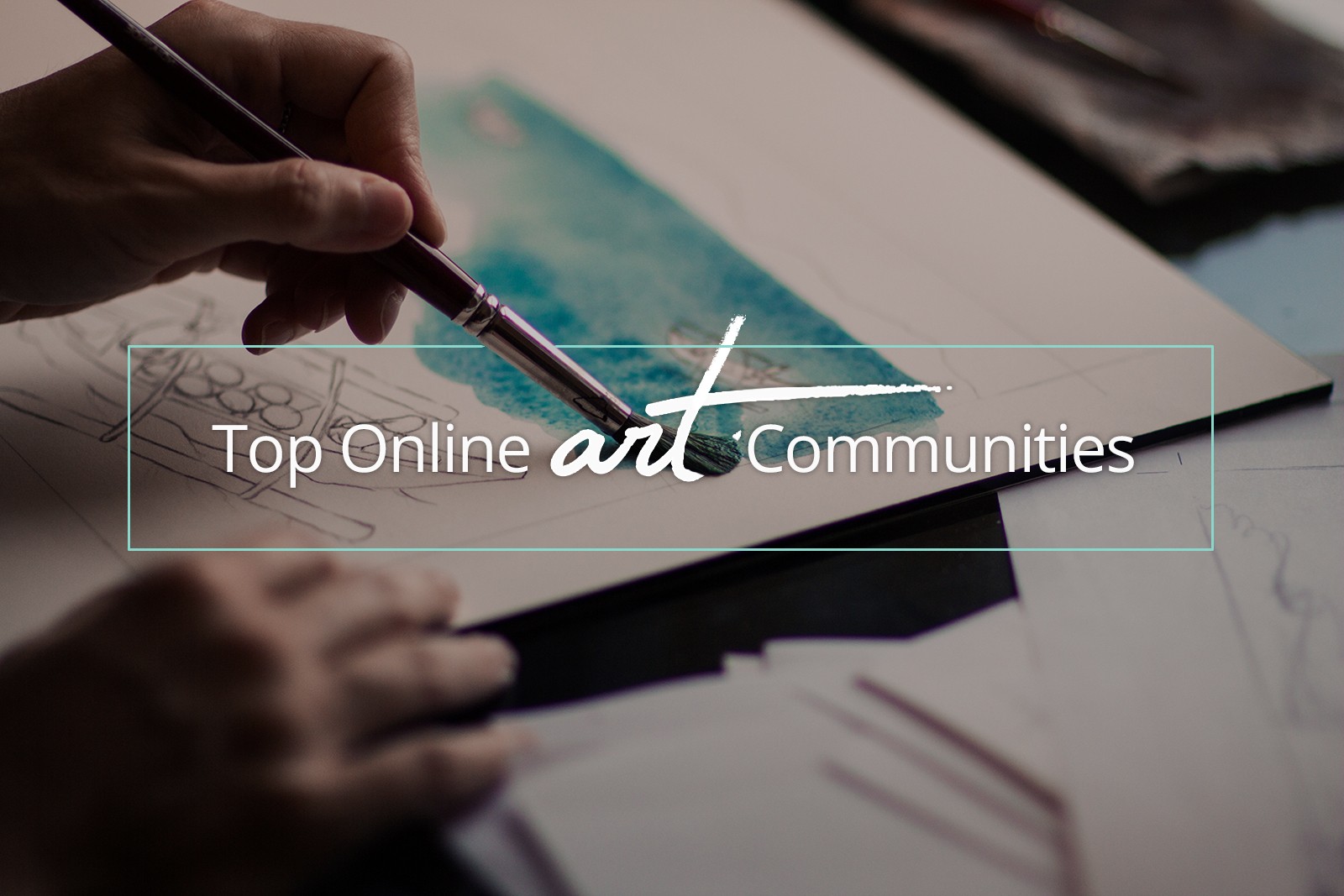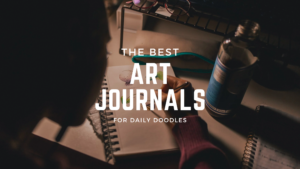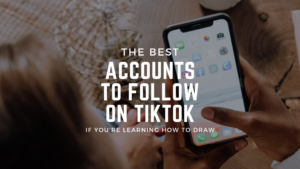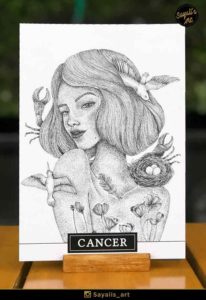Whether you’re a professional artist or a creative soul who enjoys doodling just for kicks, there’s alot to be said about the numerous benefits that come along with joining an online art community. Online art communities are websites dedicated to sharing and discussing various art forms such as illustration, painting, photography, sculpture and so much more.
Hopping on board an online art community can be an excellent source of inspiration and motivation for any artist, affording you the opportunity to upload your art, receive feedback, learn new techniques, and have meaningful conversation with like-minded individuals at little to no cost to you. You will be surrounded by other creative people, inspiring work at every corner, and have access to a plethora of resources that will help you perfect your craft and explore the unknown.
To help you get started, here are a few of the best online art communities for artists.
Doodle Addicts is a popular art community for illustrators, painters, lettering artists and more. A perfectly polished portfolio is never a bad thing, but not required here. Packed to the brim with incredible hand-drawn art, Doodle Addicts welcomes sketchbook scraps and unfiltered doodles with open arms. As you browse the Discover section, you’ll encounter a variety of mediums including graphite, ink, watercolor, acrylic, colored pencils, digital illustration and much more.

Doodle Addicts is used by more than 21,000 artists and has a strong, friendly community. The website makes it simple to interact with the community, participate in site-wide discussions, and search for artists based on location or specialty – all the while showcasing your art in a way that’s clean, simple and to the point. Doodle Addicts is also home to a ton of unique drawing challenges where artists submit their work based on a prompt for a chance to win prizes that never disappoint.
Other perks of joining Doodle Addicts include access to the marketplace where artists can list their items featuring their artwork for sale. The art for sale in the marketplace ranges from elaborate doodles drawn on paper through to digital textures and paintings on floppy disks. The Learn section is also a great resource for anyone looking to enhance their skills or engage with the community over the “Question of the Week”. It’s an amazing community all around and offers something for everybody regardless of what you’re looking for.
DeviantArt is the world’s largest online social network for artists and art lovers. Founded in August of 2000, the site has grown to have more than 44 million registered members and attracts more than 45 million unique visitors each month.
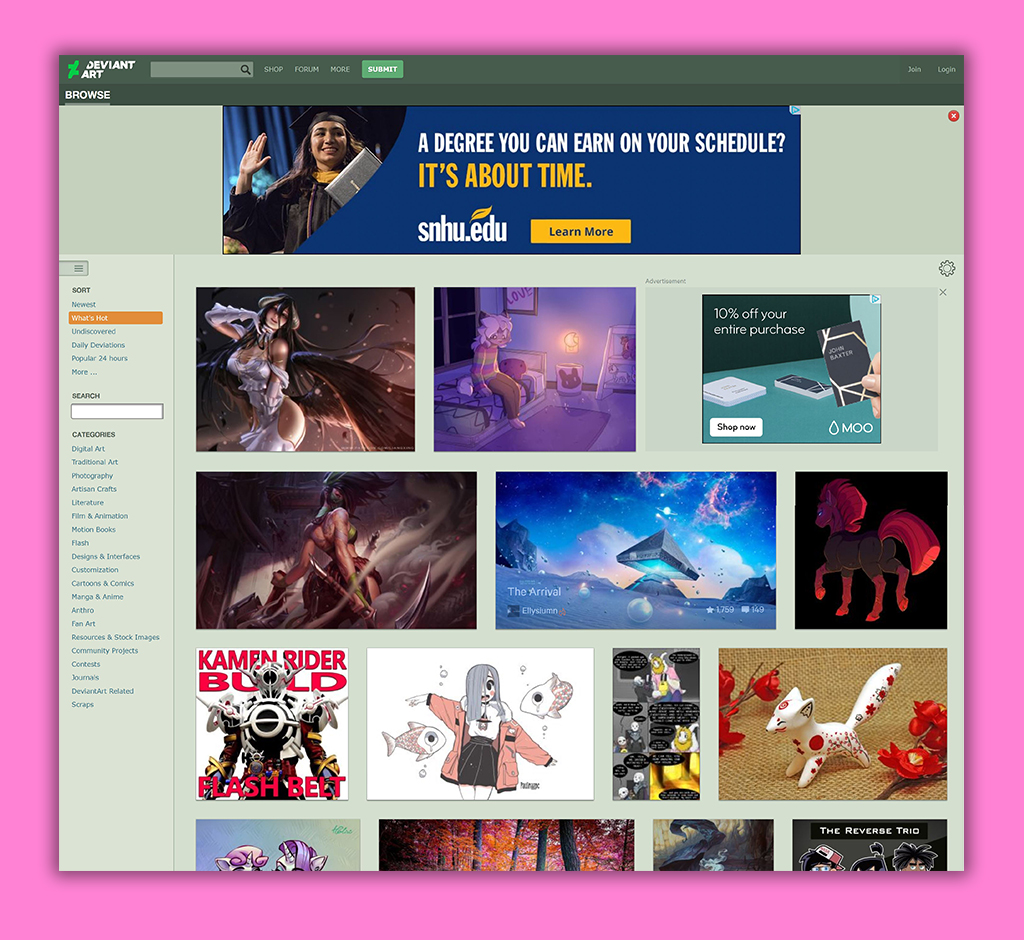
According to the website owners, ten’s of thousands of new artworks are uploaded each and every day. This includes photography, hand-drawn illustrations, paintings, 3D models, cartoons, doodles, motion books, and website designs.
The site allows artists to create design journals and upload their art for free. There are also various community projects, art resources, and art contests. There is messaging system allows artists to communicate with one another and ask them questions or purchase their art. It’s also possible to follow other artists and be notified when they upload something new.
The main downside to using DeviantArt is the somewhat dated design of the website. The sheer size of the artist community can also be a problem because it can be difficult to find artists you like and form meaningful connections.
Ello is a relatively new online art community and social networking service which was founded in 2014. It was established to be an ad-free alternative to social networks like Facebook and MySpace. However, it eventually became more art-orientated and is now used to showcase photography, art, fashion, and web culture from around the world.

Artists can use Ello to promote their art, interact with other community members, enter competitions and learn more about other artists. When you find a piece of art you enjoy, it is easy to save it and repost it. There are thousands of inspiration pieces to enjoy, ranging from hand-drawn doodles to high-end fashion photography.
Our biggest criticism of Ello is its simple minimalist design and the presence of several frustrating bugs and the fact that there is no one clear directive.
Pinterest is a huge social media website where users share images, animated GIFs and short videos with one another. After being founded in 2009, it quickly became one of the world’s top 10 social media websites. The idea behind the site is simple — to allow people to share ideas and sources of inspiration with one another. The CEO of Pinterest refers to the website as a “catalogue of ideas”.
You will find many types of images on Pinterest, from hand-drawn illustrations through to computer generated images and infographics. Users can collect the images they like on boards, allowing them to group together the ideas and sources of inspiration they find.
We love Pinterest because of the huge number of images that are available. Because the art submissions are quite varied, you can spend hours discovering drawings, doodles, photos, fonts, and other types of art.
Of course, there are some downsides to Pinterest. The main one is that it is not set up as an artist community, so it is missing basic functionality like discussion forums and certain types of notifications. You will also find that a lot of content is recycled and posted multiple times in different ways. That being said, the site is very useful as a source of inspiration.
Instagram is one of the world’s largest social media platforms for sharing photos and videos. When it was launched as an iOS app in 2010, it was used to save and share photos taken on a mobile device. Over the years, the app became more powerful and spread to other platforms.

Although the network is not targeted at artists specifically, many artists will use it to share and sell their work. Famous artists including Kanny Scharf, Gary Baseman, José Parlá, and Shepard Fairey have active instagram pages where they share their incredible art. It’s a fantastic way to remain inspired and learn what your favourite artists are up to.
The main downside of using Instagram is that it is not an art community per se. It is missing a lot of the community-orientated functionality that websites like Doodle Addicts and DeviantArt have. There aren’t any competitions or tutorials and there are limited options when it comes to managing your uploads.
Art Station is one of the most exciting online art communities. It operates as a showcase for various types of art submissions including hand-drawn art, digital images, and 3D models. Art Station is also a social network for artists, helping them connect with one another and improve their craft by learning new skills.

One of the best features offered by Art Station is its marketplace. It allows artists to purchase textures, brushes, and 3D models. It is an excellent resource for anyone working in digital media. The “Jobs” section lists positions which are open with game design companies and design agencies. If your dream is to become a professional artist, you may find the perfect position listed here.
Other useful features include books, masterclasses, challenges and a magazine with useful articles. The only drawback of Art Station is that its focus is mostly on digital art. There aren’t many paintings, illustrations, or doodles to enjoy.
Tumblr is a huge microblogging and social network founded in 2007. It is home to more than 400 million blogs and has over half a billion monthly visitors. Artists often use Tumblr to submit their art to blogs and follow the blogs of other artists.

Some blogs encourage artists to leave images in the chat sections of posts. In some cases, this has led to incredible displays of talent with artists submitting incredible hand-drawn or digital art.
The only downside of using Tumblr as an artist is the sheer volume of content the site produces. It can sometimes be difficult to find content that you enjoy because there are thousands of blogs being produced every day.
